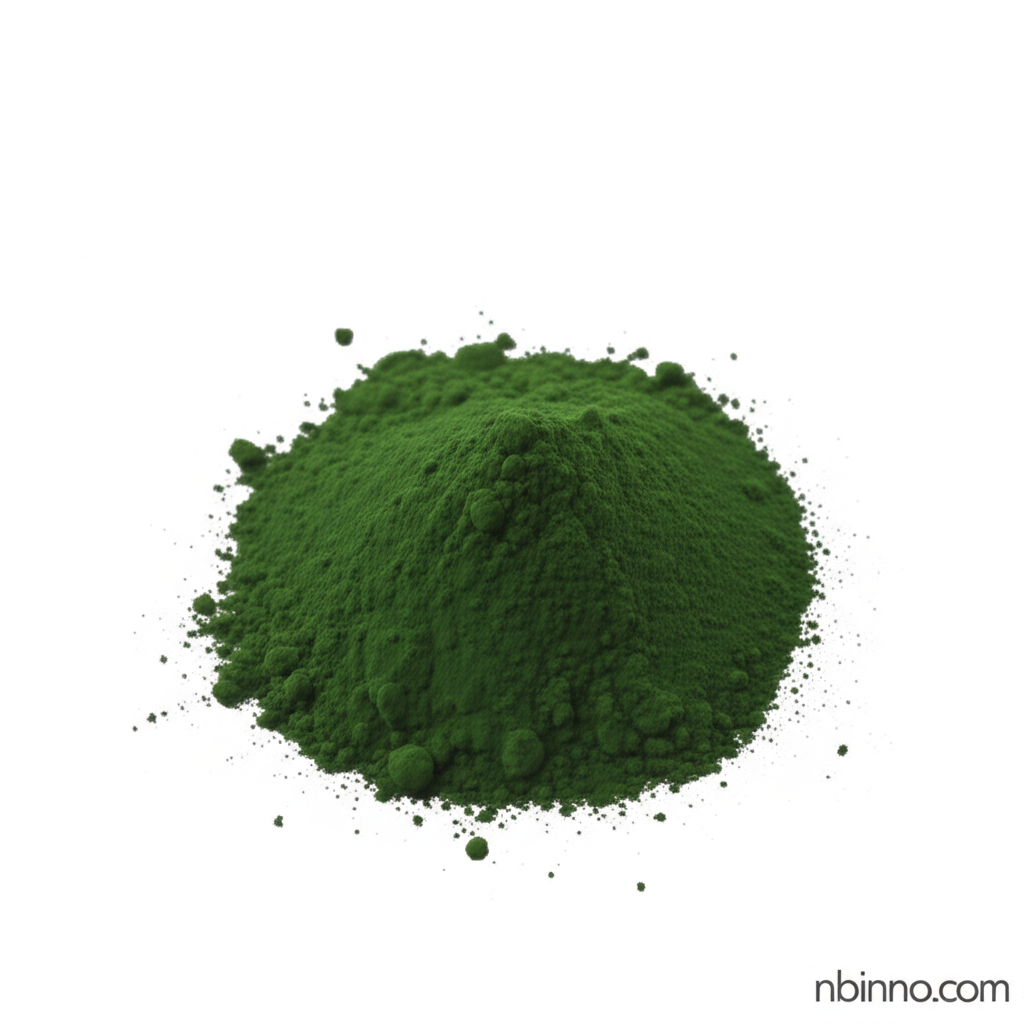Chlorin E6: A Novel Photosensitizer for Advanced Photodynamic Cancer Therapy
Harnessing light to combat cancer: Discover the potential of Chlorin E6 in targeted photodynamic therapy.
Get a Quote & SampleProduct Core Value

Chlorin E6
Chlorin E6 is a second-generation photosensitizer derived from chlorophyll, demonstrating significant promise in photodynamic therapy (PDT) for cancer treatment. Its unique properties, including strong absorption in the red spectral region for deeper tissue penetration and a favorable safety profile, make it an attractive candidate for developing novel therapeutic strategies against various cancers.
- Explore the effectiveness of Chlorin e6 in photodynamic therapy for cancer treatment, leveraging its potent light-activated cytotoxic effects.
- Understand the Chlorin e6 synthesis process, from natural chlorophyll extraction to refinement, enabling high purity production.
- Learn about advanced Chlorin e6 formulation techniques, including nanoparticle delivery systems, to enhance bioavailability and targeting.
- Discover the Chlorin e6 anticancer efficacy through preclinical studies, highlighting its ability to inhibit tumor growth and induce apoptosis.
Key Advantages
Enhanced Phototoxicity
Chlorin E6 exhibits high quantum yields of singlet oxygen generation upon light activation, leading to effective cell death in targeted tumor tissues, a key aspect of photodynamic therapy cancer treatment.
Improved Solubility and Targeting
Utilizing innovative Chlorin e6 formulation strategies, such as with layered double hydroxides, improves its solubility and pharmacokinetic profile, enabling better tumor accumulation and reduced systemic toxicity.
Natural Origin and Safety Profile
Derived from natural chlorophyll, Chlorin E6 offers a comparatively low toxicity profile, making it a safer alternative for therapeutic applications compared to some older photosensitizers, supporting its role in Chlorin e6 photodynamic therapy.
Key Applications
Anticancer Photodynamic Therapy
Chlorin E6 is a leading photosensitizer for PDT, used to activate cytotoxic responses within tumor cells when exposed to specific wavelengths of light, a critical component of advanced cancer therapies.
Medical Research and Development
The compound serves as a vital tool in medical research, enabling studies into new cancer treatment modalities and the development of drug delivery systems.
Biomaterial Conjugation
Researchers are exploring the conjugation of Chlorin E6 with biomaterials like LDHs to create sophisticated drug delivery platforms that enhance targeting and therapeutic outcomes, key to nanotechnology in drug delivery.
Pharmaceutical Intermediate
With its well-defined chemical structure and therapeutic potential, Chlorin E6 acts as a crucial intermediate in the synthesis of more complex pharmaceutical agents for various medical applications.
